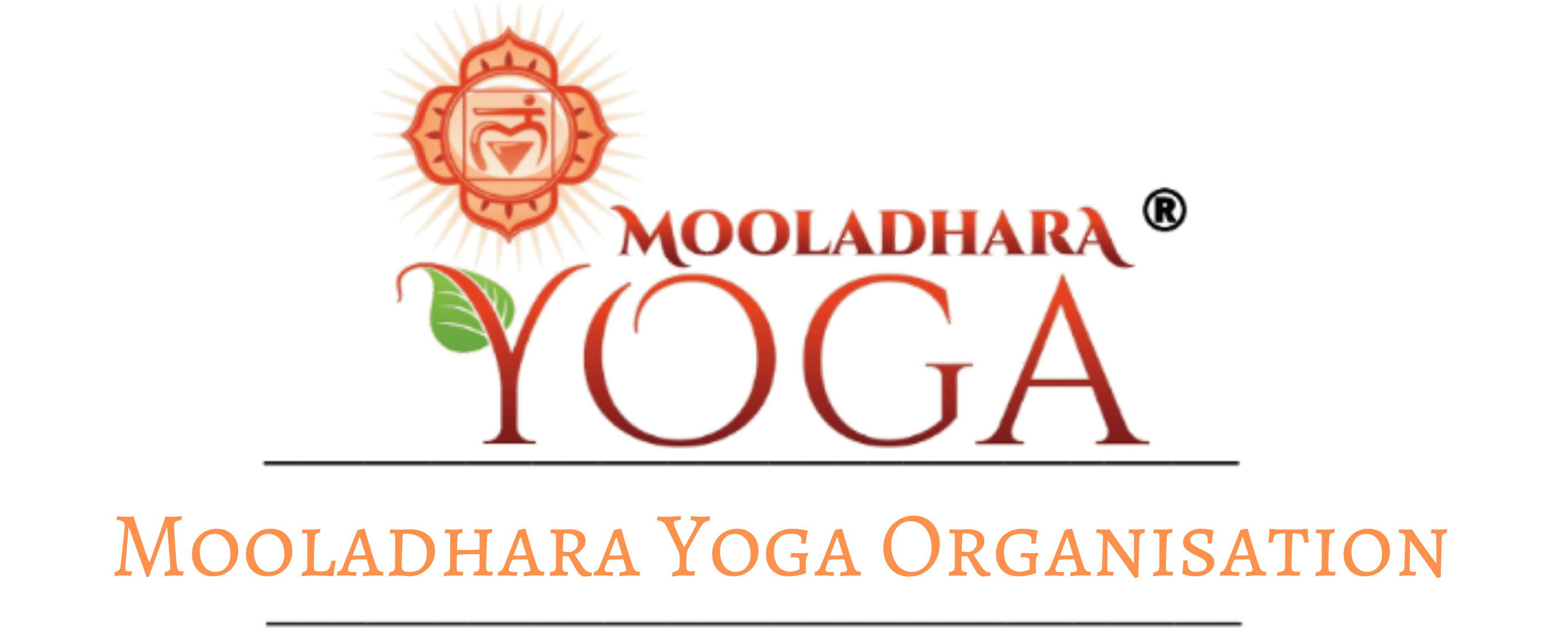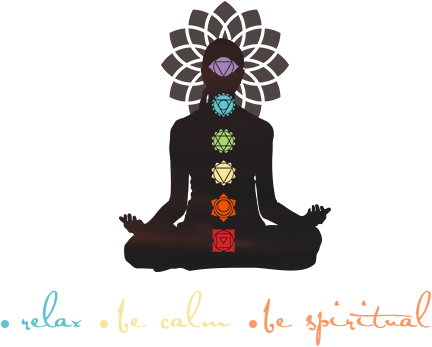Pulse Diagnosis & Su-Jok Therapy
Ancient pulse diagnosis is a traditional diagnostic method that originated in ancient civilizations and has been practiced for centuries in various cultures, particularly in traditional Chinese medicine (TCM), Ayurveda, and other traditional medical systems. This diagnostic technique involves assessing the pulse of an individual to gain insights into their overall health, identify imbalances, and determine appropriate treatment approaches. Ancient pulse diagnosis is founded on the belief that the pulse is a reflection of the body’s internal state, providing valuable information about various organs, systems, and energetic imbalances. By carefully analyzing the pulse, practitioners can gather crucial diagnostic information and tailor treatment plans to restore balance and promote well-being.
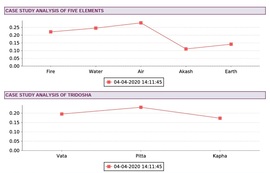
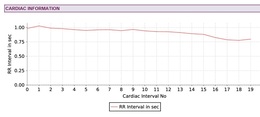

Ancient pulse diagnosis is a complex and intricate art that requires years of training and experience to master. It involves a deep understanding of the human body, its energetic pathways, and the relationship between different pulse qualities and health conditions. The pulse is assessed by placing three fingers (usually the index, middle, and ring fingers) on the radial artery located on the wrist. The practitioner then carefully feels the pulse at different levels of depth, duration, strength, rhythm, and quality.
In traditional Chinese medicine, pulse diagnosis is based on the theory of the “Three Treasures” (San Bao) and the concept of yin and yang. The pulse is categorized into different qualities, such as floating, sinking, slippery, wiry, weak, or rapid, among others. Each pulse quality corresponds to specific organs and meridians within the body. By analyzing the pulse’s characteristics, TCM practitioners can assess the state of various organ systems, identify imbalances, and determine the underlying causes of disease.
Similarly, in Ayurveda, pulse diagnosis, known as Nadi Pariksha, is a fundamental component of the diagnostic process. Ayurvedic pulse diagnosis involves assessing the doshas (Vata, Pitta, and Kapha) and subdoshas, as well as evaluating the pulse’s rhythm, strength, and other qualities. Practitioners consider the pulse in different positions on the radial artery to gain insights into specific bodily systems and imbalances.
Ancient pulse diagnosis provides a holistic view of the individual’s health, taking into account physical, mental, and energetic aspects. It allows practitioners to detect subtle imbalances before they manifest as overt symptoms and provides valuable information for preventive care. By identifying patterns and imbalances through pulse diagnosis, practitioners can customize treatment plans, including herbal remedies, acupuncture, dietary adjustments, lifestyle modifications, and energy-based therapies, to restore harmony and support the body’s natural healing abilities.
While modern medical technology has advanced significantly, ancient pulse diagnosis continues to be a valuable diagnostic tool in traditional medical systems. It offers a unique perspective on health and wellness, incorporating the interconnectedness of body, mind, and spirit. With its roots deeply embedded in ancient wisdom, pulse diagnosis remains an integral part of traditional healing practices, enabling practitioners to understand and address the underlying causes of disease, promote balance, and support optimal well-being.
Su-jok therapy is a holistic healing modality that combines ancient Eastern wisdom with modern scientific understanding. It is rooted in the principles of traditional Korean medicine and acupuncture but offers a unique approach that is simple, effective, and accessible to everyone. Su-jok therapy utilizes various microsystems, primarily the hands and feet, to stimulate specific points corresponding to different organs and systems in the body. In this introduction, we will explore the scientific evidence behind Su-jok therapy and its potential to promote health, relieve pain, and restore balance in the body.
Su-Jok Therapy Details
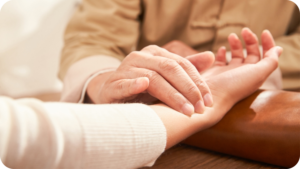 Su-jok therapy, which translates to “hand-foot” therapy in Korean, is based on the concept that the hands and feet contain miniature representations of the entire body. By stimulating specific points on these microsystems, it is believed that one can influence the corresponding organs, systems, and energy pathways, facilitating healing and restoring balance.
Su-jok therapy, which translates to “hand-foot” therapy in Korean, is based on the concept that the hands and feet contain miniature representations of the entire body. By stimulating specific points on these microsystems, it is believed that one can influence the corresponding organs, systems, and energy pathways, facilitating healing and restoring balance.
Scientific research has increasingly focused on exploring the mechanisms and efficacy of Su-jok therapy, providing evidence for its effectiveness in managing various health conditions. One key aspect of Su-jok therapy is the stimulation of acupuncture points using a variety of techniques, such as acupressure, acupuncture, or magnetic therapy. Studies have shown that stimulating these points can activate the body’s natural healing responses, including the release of endorphins, modulation of the autonomic nervous system, and regulation of neurochemical and hormonal balance.
Numerous scientific studies have documented the positive effects of Su-jok therapy on pain management. Research has shown its efficacy in reducing pain levels, improving functional mobility, and enhancing quality of life for individuals suffering from conditions such as chronic pain, musculoskeletal disorders, migraines, and even post-operative pain. The therapy’s ability to stimulate the release of endogenous opioids and modulate pain perception pathways provides a scientific basis for its pain-relieving effects.
Furthermore, Su-jok therapy has been found to have beneficial effects on various physiological parameters. Research indicates that it can regulate blood pressure, improve blood circulation, enhance immune function, and support the body’s natural healing processes. By stimulating specific points on the microsystems, Su-jok therapy helps restore the body’s energy balance and optimize the functioning of organs and systems, promoting overall well-being.
Scientific evidence also suggests that Su-jok therapy has a positive impact on mental and emotional health. It has been shown to reduce stress levels, induce relaxation, and improve psychological well-being. By stimulating specific points on the hands and feet, Su-jok therapy can activate the body’s relaxation response, leading to a reduction in anxiety, depression, and perceived stress levels.
Moreover, Su-jok therapy is a non-invasive and easily accessible healing modality that individuals can learn and apply for self-care. It empowers individuals to take an active role in their own well-being and offers a practical tool for managing various health conditions. The simplicity and effectiveness of Su-jok therapy make it suitable for people of all ages, from children to the elderly.
While scientific research on Su-jok therapy is still growing, the existing evidence highlights its potential as a complementary therapy for various health conditions. It is important to note that Su-jok therapy should not replace conventional medical treatments but can be used as a supportive modality to enhance overall well-being.
In conclusion, Su-jok therapy is a holistic healing modality that combines ancient wisdom with modern science. Scientific evidence suggests that it can effectively alleviate pain, promote physical and mental well-being, and restore balance in the body. As research continues to unfold, Su-jok therapy holds promise as a valuable therapeutic approach for individuals seeking natural and non-invasive methods to support their health and well-being.
Su-jok therapy is a holistic healing modality that combines ancient Eastern wisdom with modern scientific understanding. It is rooted in the principles of traditional Korean medicine and acupuncture but offers a unique approach that is simple, effective, and accessible to everyone. Su-jok therapy utilizes various microsystems, primarily the hands and feet, to stimulate specific points corresponding to different organs and systems in the body. In this introduction, we will explore the scientific evidence behind Su-jok therapy and its potential to promote health, relieve pain, and restore balance in the body.
Su-jok therapy, which translates to “hand-foot” therapy in Korean, is based on the concept that the hands and feet contain miniature representations of the entire body. By stimulating specific points on these microsystems, it is believed that one can influence the corresponding organs, systems, and energy pathways, facilitating healing and restoring balance.
Scientific research has increasingly focused on exploring the mechanisms and efficacy of Su-jok therapy, providing evidence for its effectiveness in managing various health conditions. One key aspect of Su-jok therapy is the stimulation of acupuncture points using a variety of techniques, such as acupressure, acupuncture, or magnetic therapy. Studies have shown that stimulating these points can activate the body’s natural healing responses, including the release of endorphins, modulation of the autonomic nervous system, and regulation of neurochemical and hormonal balance.
Numerous scientific studies have documented the positive effects of Su-jok therapy on pain management. Research has shown its efficacy in reducing pain levels, improving functional mobility, and enhancing quality of life for individuals suffering from conditions such as chronic pain, musculoskeletal disorders, migraines, and even post-operative pain. The therapy’s ability to stimulate the release of endogenous opioids and modulate pain perception pathways provides a scientific basis for its pain-relieving effects.
Furthermore, Su-jok therapy has been found to have beneficial effects on various physiological parameters. Research indicates that it can regulate blood pressure, improve blood circulation, enhance immune function, and support the body’s natural healing processes. By stimulating specific points on the microsystems, Su-jok therapy helps restore the body’s energy balance and optimize the functioning of organs and systems, promoting overall well-being.
Scientific evidence also suggests that Su-jok therapy has a positive impact on mental and emotional health. It has been shown to reduce stress levels, induce relaxation, and improve psychological well-being. By stimulating specific points on the hands and feet, Su-jok therapy can activate the body’s relaxation response, leading to a reduction in anxiety, depression, and perceived stress levels.
Moreover, Su-jok therapy is a non-invasive and easily accessible healing modality that individuals can learn and apply for self-care. It empowers individuals to take an active role in their own well-being and offers a practical tool for managing various health conditions. The simplicity and effectiveness of Su-jok therapy make it suitable for people of all ages, from children to the elderly.
While scientific research on Su-jok therapy is still growing, the existing evidence highlights its potential as a complementary therapy for various health conditions. It is important to note that Su-jok therapy should not replace conventional medical treatments but can be used as a supportive modality to enhance overall well-being.
In conclusion, Su-jok therapy is a holistic healing modality that combines ancient wisdom with modern science. Scientific evidence suggests that it can effectively alleviate pain, promote physical and mental well-being, and restore balance in the body. As research continues to unfold, Su-jok therapy holds promise as a valuable therapeutic approach for individuals seeking natural and non-invasive methods to support their health and well-being.
